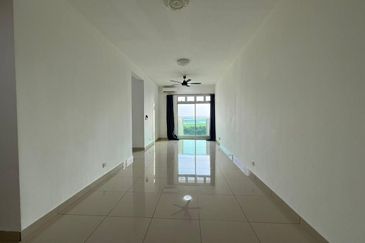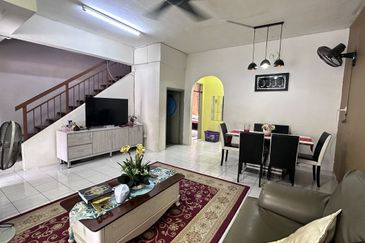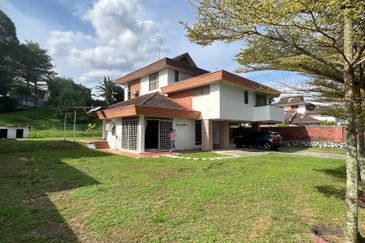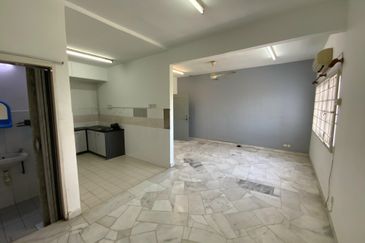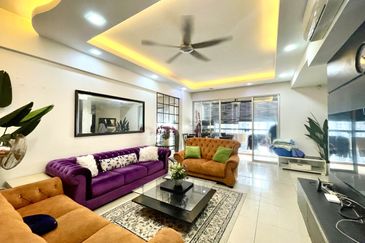- Urban regeneration in Kuala Lumpur needs to take a more community-centered and creative approach.
KUALA LUMPUR (Sept 10): Urban regeneration is a shared responsibility and should foster community ownership. This was the view of diverse experts who took the stage in keynotes and dialogues at the 15th International Conference on World Class Sustainable Cities (WCSC) 2024, held at M Resort & Hotel Kuala Lumpur with the theme “Revitalising Kuala Lumpur through Innovative Urban Regeneration.”
Mixed-use development can help reduce urban sprawl
At her keynote addressing more than 500 delegates, Kuala Lumpur mayor Datuk Seri Tpr Dr Maimunah Mohd Sharif said that mixed-use developments incorporating residential, commercial and recreational spaces reduce the need for long trips. “This allows people to live, work and play in the same neighbourhood. Such initiatives are intended to generate a sense of community, while reducing urban sprawl and making the city more sustainable,” she explained.
Read also:
WCSC 2024 to focus on holistic strategies for urban regeneration
Building better cities: The role of public-private partnerships in urban regeneration
Madani housing units mandatory for large landholdings, says KL mayor
WCSC 2024: Need for more comprehensive legal framework to address issues like land acquisition, property management
WCSC 2024: Socioeconomic, cultural impact of urban regeneration has to be factored into projects
Inspiration for future TODs in KL could be derived from Japan
Two key concepts inform the essence of the Japanese model transit-oriented developments (TODs). Firstly, the creation of the widest possible spread of urban regeneration across the different communities along a train line, and secondly, the efficient recovery of profits and financial costs that are required to construct the railroad.
Kyushu Sangyo University specially appointed professor Yoshinobu Fukasawa’s keynotes paper for WCSC 2024 noted that: “The typical Japanese model of TODs couples the function of a terminal station and the function of a commercial space. The goal is to create synergy between the operation of the railroad, and the numerous projects and initiatives happening alongside the line. This not only increases the value of the land in the immediate vicinity, but other areas along the line as a whole, are also upgraded,” said Fukasawa.
“The construction of a railroad is viewed as a heavy investment, as opposed to real estate projects like housing and commercial developments, where investments can be recovered in a relatively quick way. So, to improve the recovery of construction costs for major infrastructure like railroads, small scale real estate projects are planned alongside,” he added.
A need to build trust with the public for inclusive urban regeneration
With the Urban Renewal Act (URA) and the draft Kuala Lumpur Local Plan 2040 (KLLP2040) underway, public trust in authorities solving a multitude of challenges is often mixed. While efforts to modernise the city and address urban issues like housing, transportation, and sustainability are necessary, others may fear being priced out of their homes.
Genuine and continuous public engagement can be a way to solve this, says PNB Merdeka Ventures Sdn Bhd CEO YM Tengku Dato’ Ab Aziz Tengku Mahmud.
“Within 1 kilometer of the site, there are a variety of existing communities that have been thriving for years. What we did was engage with them right from the beginning. For example, we had town hall sessions and regularly communicated with representatives from schools nearby. This engagement was kept up throughout the years that it took to complete the project. There needs to be a clear element of sincerity towards the community that is being shown through physical improvements to the area.”
Micro projects can also aid in a city’s urban regeneration efforts
Urban regeneration does not have to be viewed solely through the lens of major construction projects that reshape the infrastructure of an entire community, according to past East Java vice governor (2019-2024) and the Eastern Regional Organisation for Planning and Human Settlements (EAROPH) International president Dr Emil Elestianto Dardak.
“Make sure that you have a clear project outlook: what do we want to achieve with our urban regeneration effort? The clarity will help with creating a plan that will maximise benefits for the communities we are revitalizing our cities for,” says Dr Emil.
“Initiatives by state authorities to provide local contractors and small businesses with kick starter funds for smaller, more localised urban regeneration projects can also help to encourage widespread ‘micro-regenerations’ across urban areas, instead of solely relying on major construction projects,” he added in response to a question from WCSC past chairman and intervenor Chan Jin-Wy during a dialogue session titled Urban Regeneration towards Economic Prosperity, Social Inclusivity & Environmental Sustainability.
WCSC is a yearly event co-organised by the Real Estate and Housing Developers’ Association Federal Territory Kuala Lumpur (Rehda KL), the Malaysian Institute of Planners (MIP) and the Malaysian Institute of Architects (PAM).
EdgeProp Malaysia is supporting WCSC 2024 as a media partner.
Looking to buy a home? Sign up for EdgeProp START and get exclusive rewards and vouchers for ANY home purchase in Malaysia (primary or subsale)!
TOP PICKS BY EDGEPROP
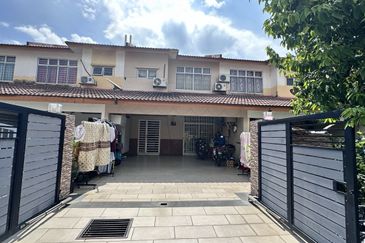
Jalan SP 4 @ Bandar Saujana Putra
Jenjarom, Selangor
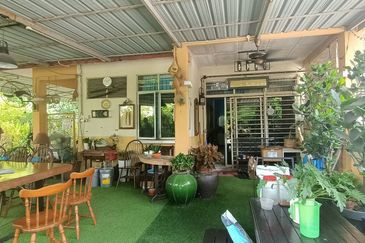
Jalan SP 3 @ Bandar Saujana Putra
Jenjarom, Selangor
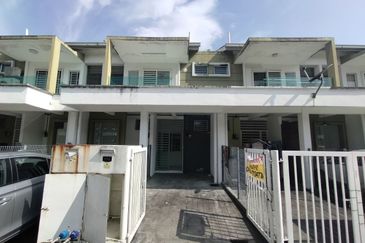
Pearl Villa Townhouse
Bandar Saujana Putra, Selangor
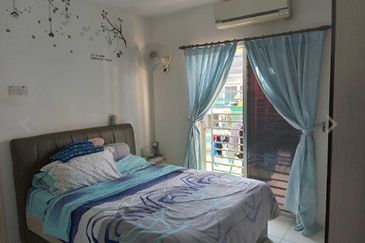
Pearl Villa Townhouse
Bandar Saujana Putra, Selangor
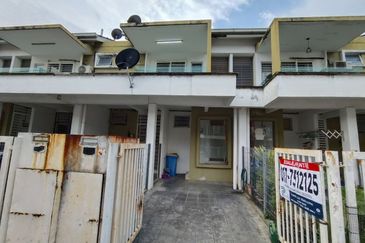
Pearl Villa Townhouse
Bandar Saujana Putra, Selangor
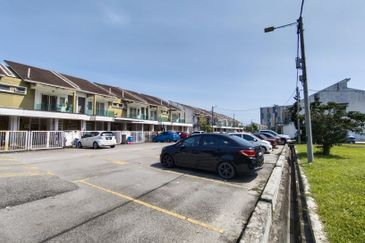
Pearl Villa Townhouse
Bandar Saujana Putra, Selangor
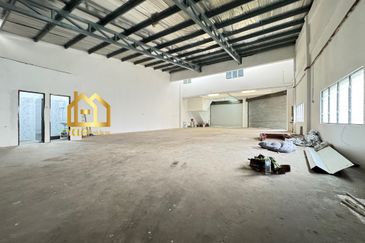
Subang Hi-tech Industrial Park
Subang Jaya, Selangor
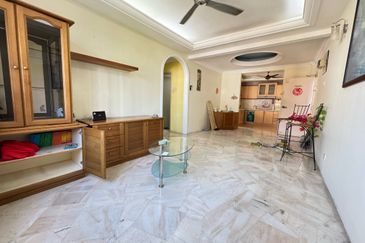
Sri Pinang, Bandar Puteri Puchong
Puchong, Selangor
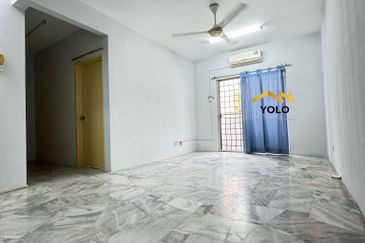
Pusat Bandar Puchong
Bandar Puteri Puchong, Selangor



